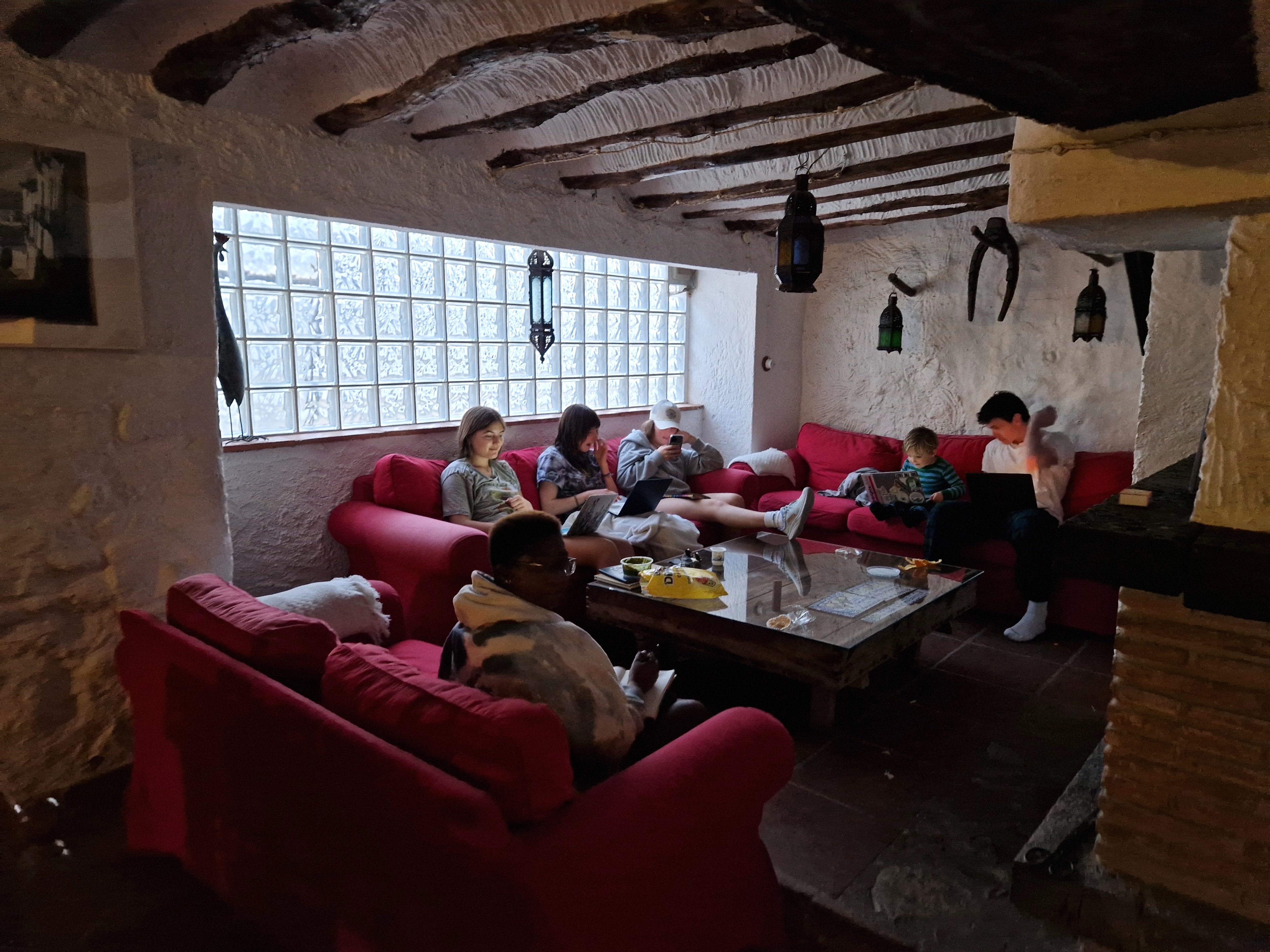Proctor en Segovia traveled south from Segovia by high-speed train to the picturesque region of Andalucía. From solemn processions to joyful celebrations, Proctor students immersed themselves in the living culture of Holy Week (Semana Santa) in Archidona and Málaga. There they also studied the region's fascinating and complex history and enjoyed its renowned cuisine by cooking together in their rented house!
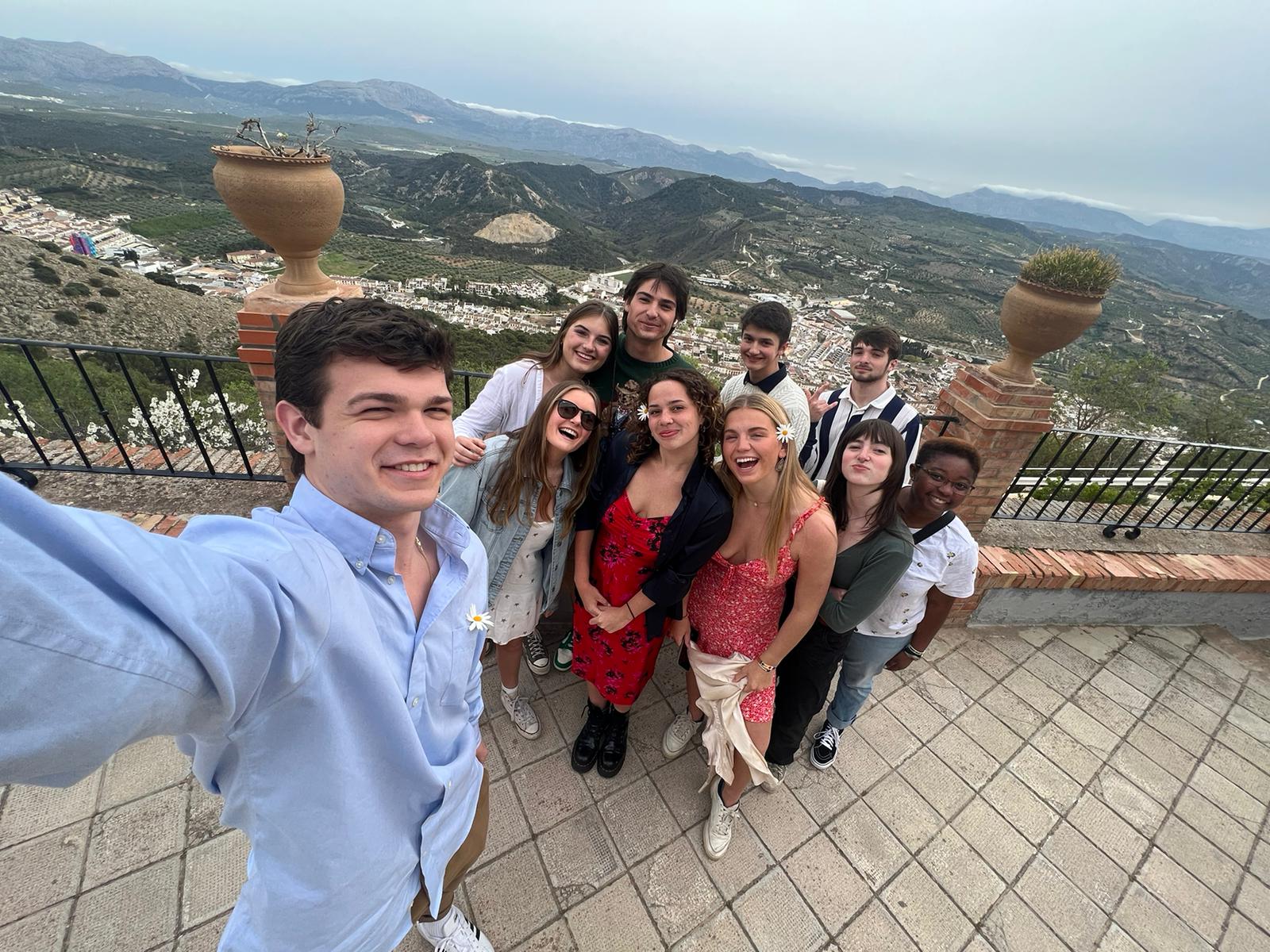
Kacie '23 and Charlie D. '23 - Experiencing Holy Week in Andalucía
After our first week in Segovia, we traveled to an Autonomous Community of Andalucía in southern Spain. Our trip's main focus was to experience the celebration of Semana Santa. Our travel day was Monday, April 3rd. We took a bus from Segovia to Madrid, and from Madrid, we took a train to Malága, Andalucia. The views from the train were mountainous and rural. We arrived after a two-hour ride, got our rental cars, and were on our merry way. The house we rented for the week was located in Archidona. Archidona is a charming town where chupacabras reside.
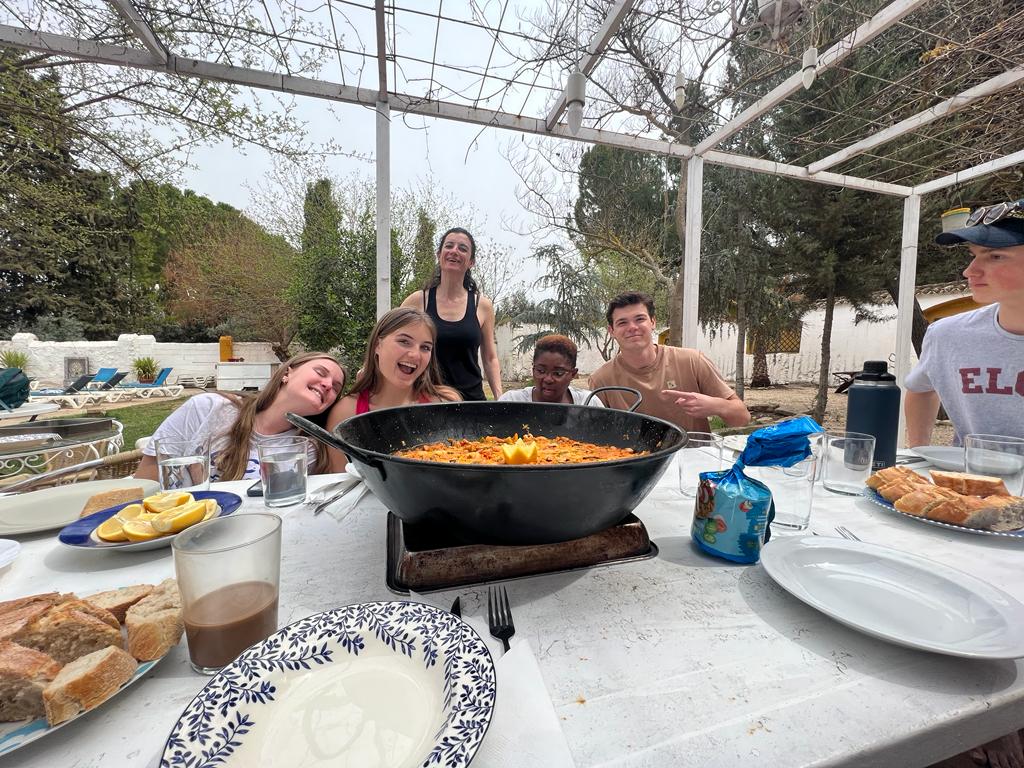
Upon our arrival, the arid climate welcomed us with open arms. The 70-80 degree weather was a solid addition to our already culturally rich environment. After a good and mystical night's rest from our previous travel day, Laura, who is a paella prodigy, taught us her ways. After a hearty meal, we sat by the pool, soaked in the sun, and harmonized "Vamos a la Playa" by Tom Novy feat. Bella. Then, we dried off and dressed to impress for our very first procession of Semana Santa.
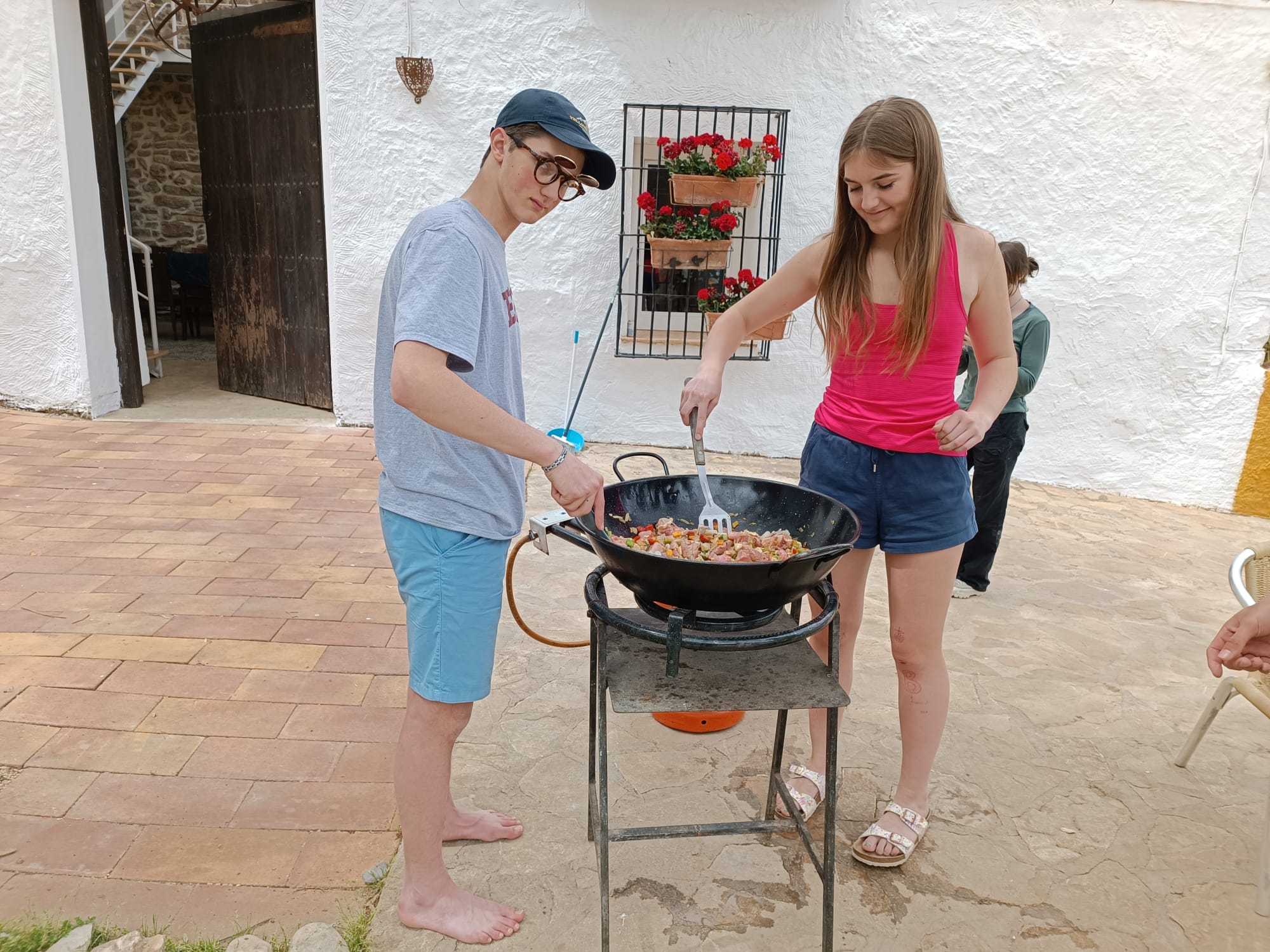
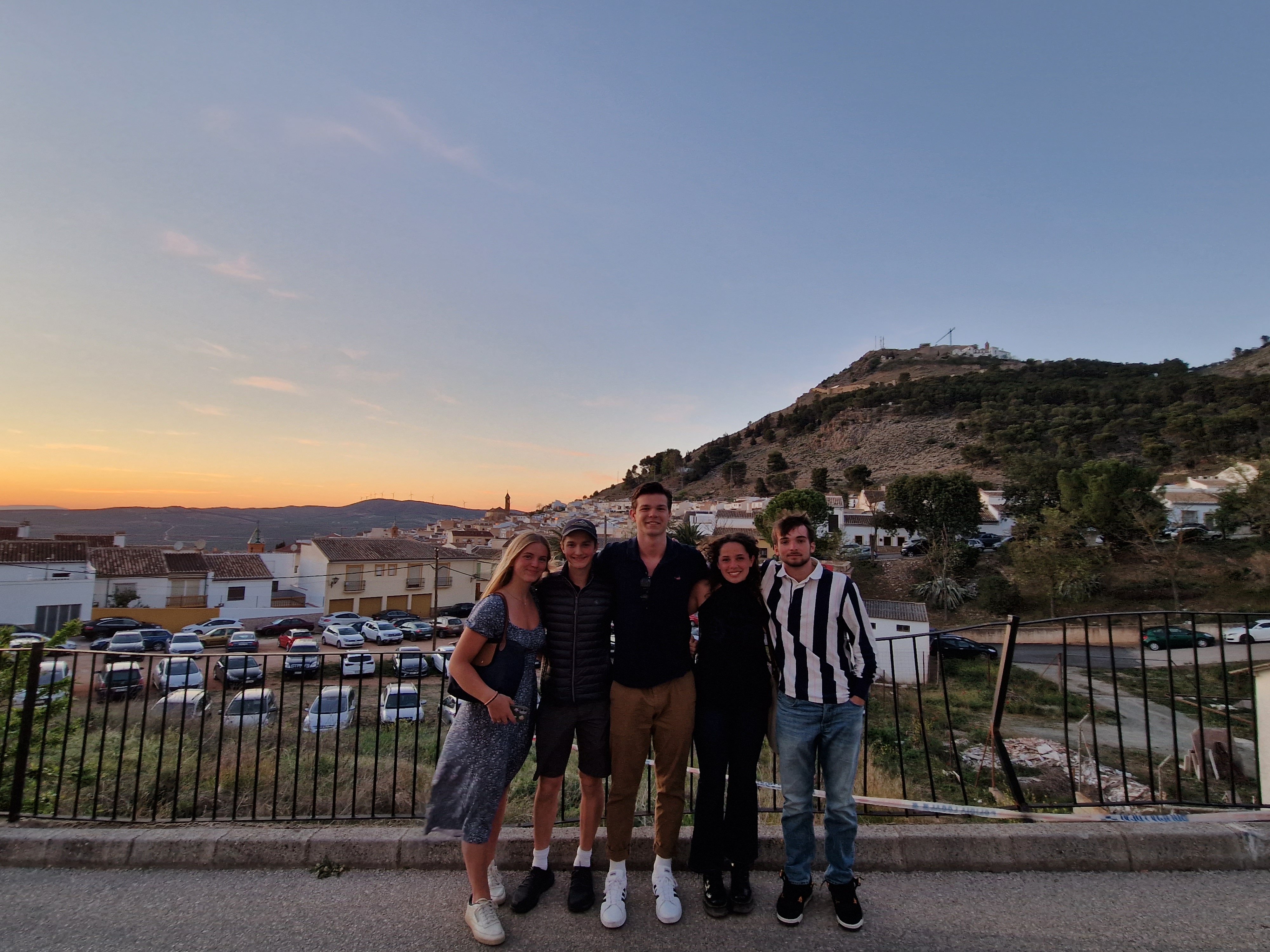
Semana Santa is the week leading up to Easter, where Catholics go through the journey of Jesus' capture, trial, death, and resurrection. The first procession we attended was located in Archidona. Once we arrived at the procession, the tone was somber; we saw both young and old watching the parade and participating. The onlookers were dressed in darker colors to show the day's solemnity. The people involved in the parade are called penitents. They carry the multi-ton floats or pasos as penance for their sins. Some even wear blindfolds to go the extra mile or to pray for a loved one. The penitents are the hooded figures often mistaken for and associated with the Ku Klux Klan; however, this tradition dates back to the 12th century.
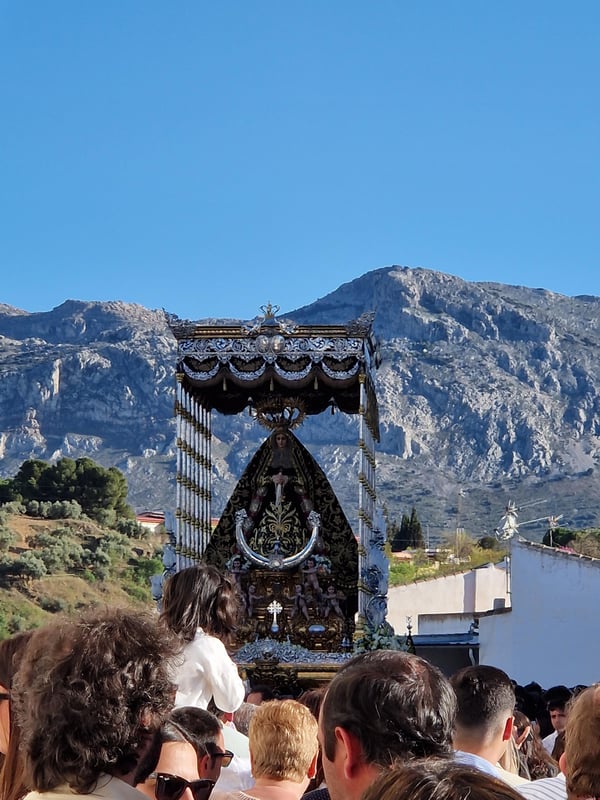
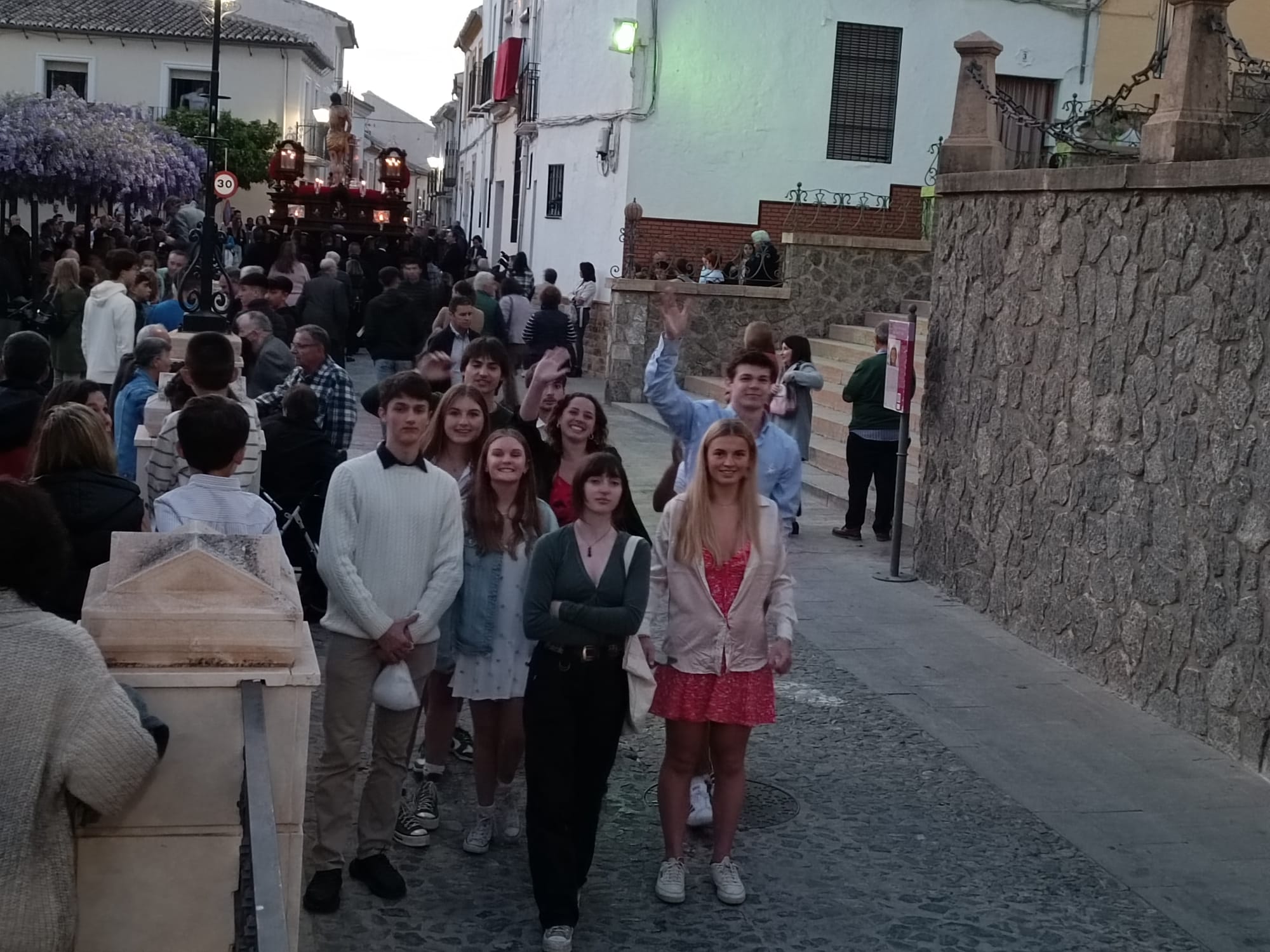
On our third day in Andalucía, we went on a 45-minute drive to the beach in the small city of Malága. We explored and enjoyed the local cuisine before the procession later that evening. The penitents marched to the rhythmic drummers and brass symphonies as they echoed throughout the city. The streets were filled with devout Catholics enjoying the ceremony. These processions go on for hours, so when we were trying to get back to the cars, all exits were blocked off by the swarms of people crowding the processioners. After almost an hour of searching for an escape route, we finally navigated to the cars and headed back on our merry way. After a long day, we ate delicious pesto chicken pasta and hit the hay.
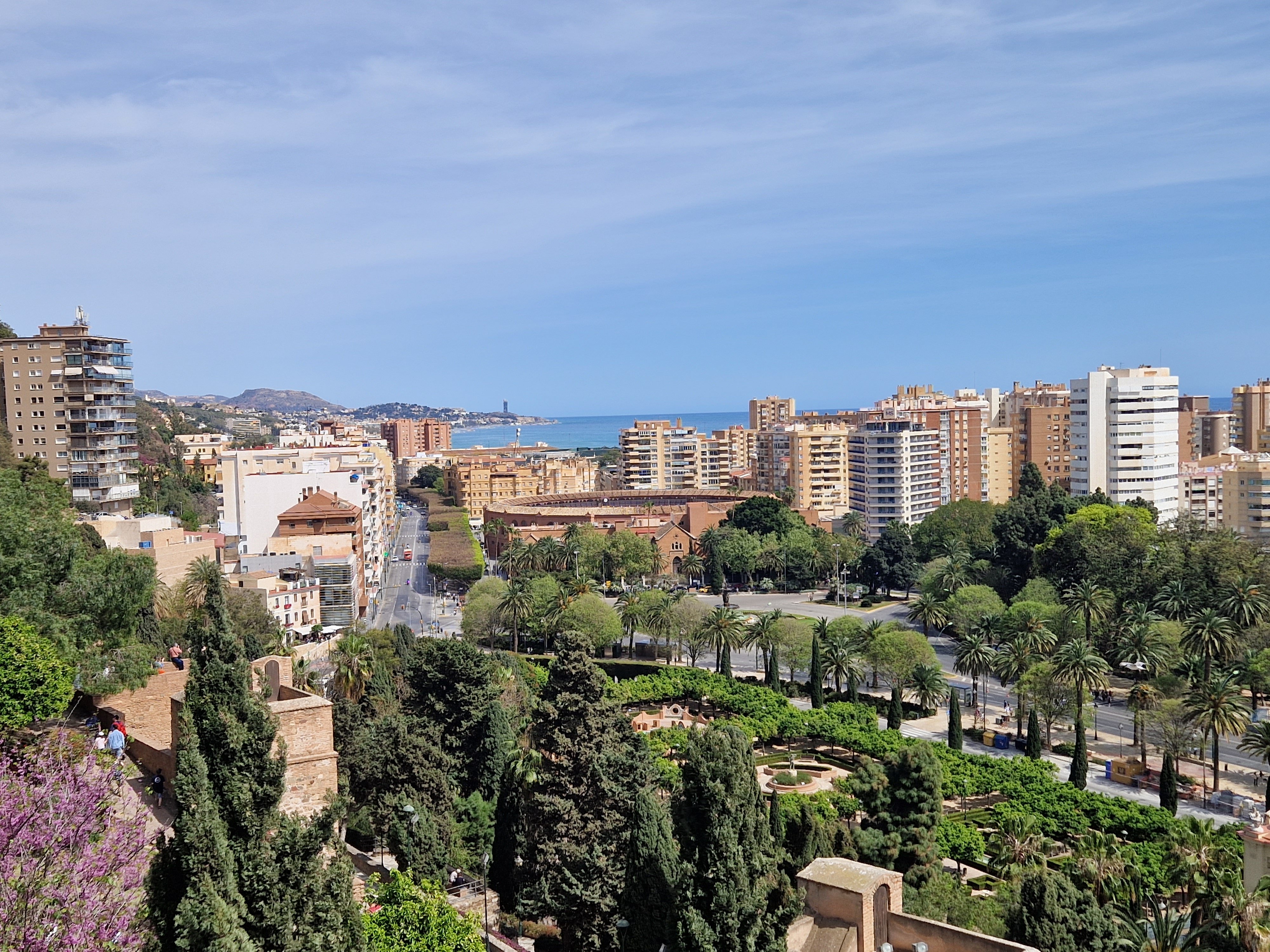
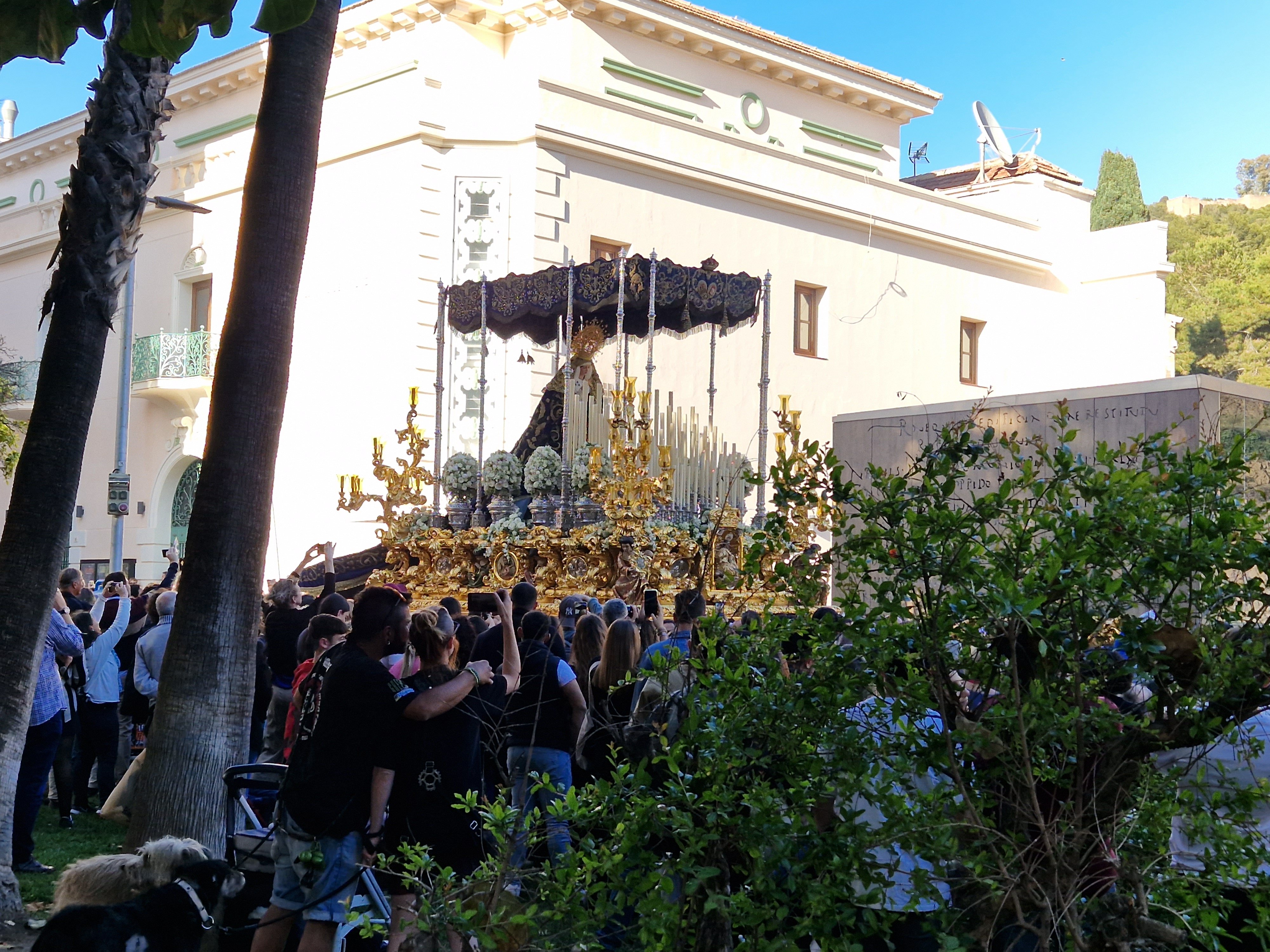
The next day we woke up bright and early from the rooster's crow. Luis informed us we would be heading to the beach again. We repeated our itinerary from the day prior but went to an earlier procession. Soldiers sang a hymn while hoisting a wooden cross above their heads. Many families looked on at the ceremony, teary-eyed from the emotions.
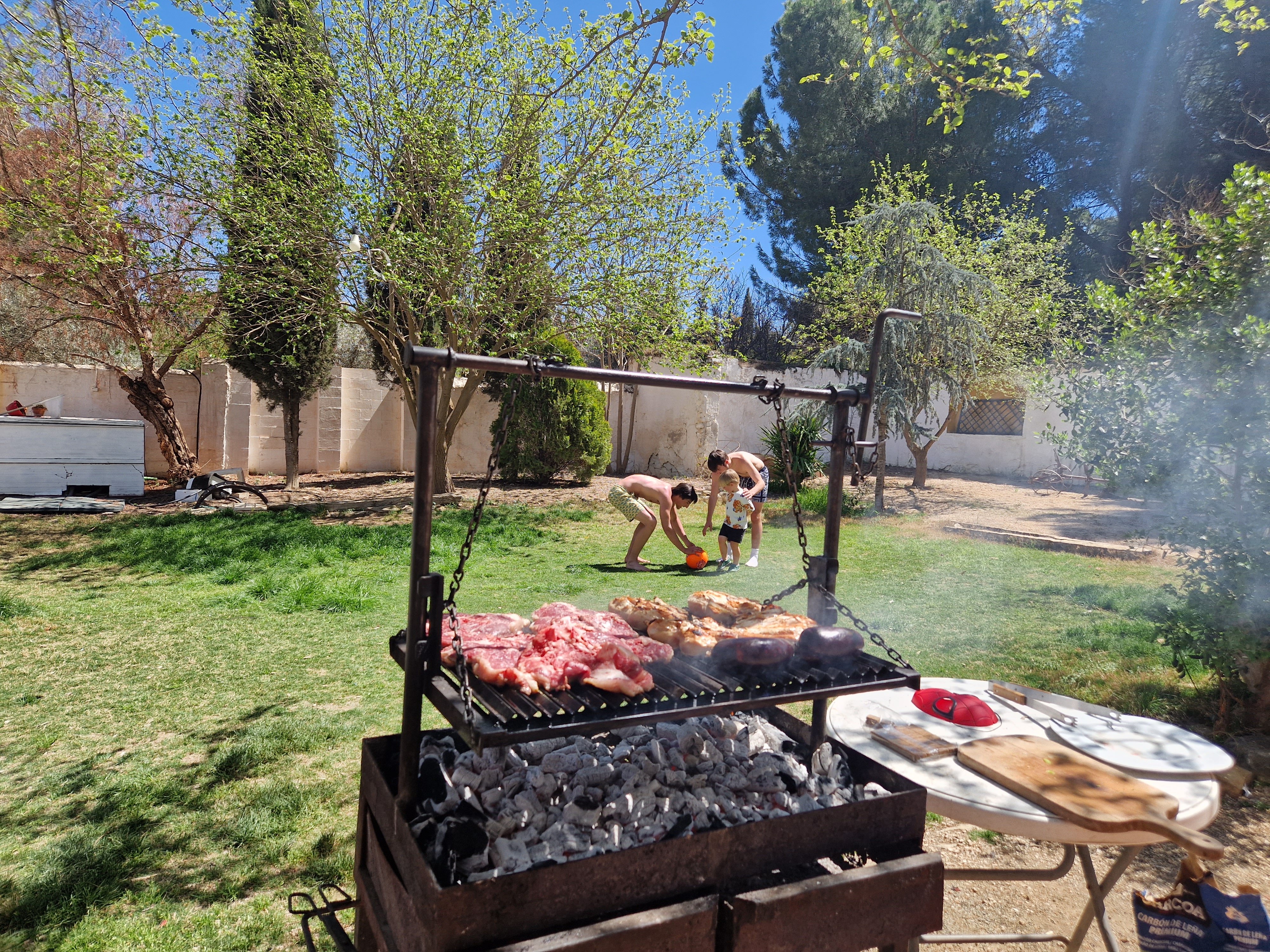
Our last full day in Andalucia was Good Friday, and we had one more procession to attend. Good Friday commemorates the death of Jesus, and similar to Tuesday, the mood at the procession was somber and melancholy. This procession was much more personal as candles lit up the crowd and the impelling music echoed throughout the plaza. After leaving this procession, we were all left with an extreme appreciation for having been able to experience such an important cultural event.
